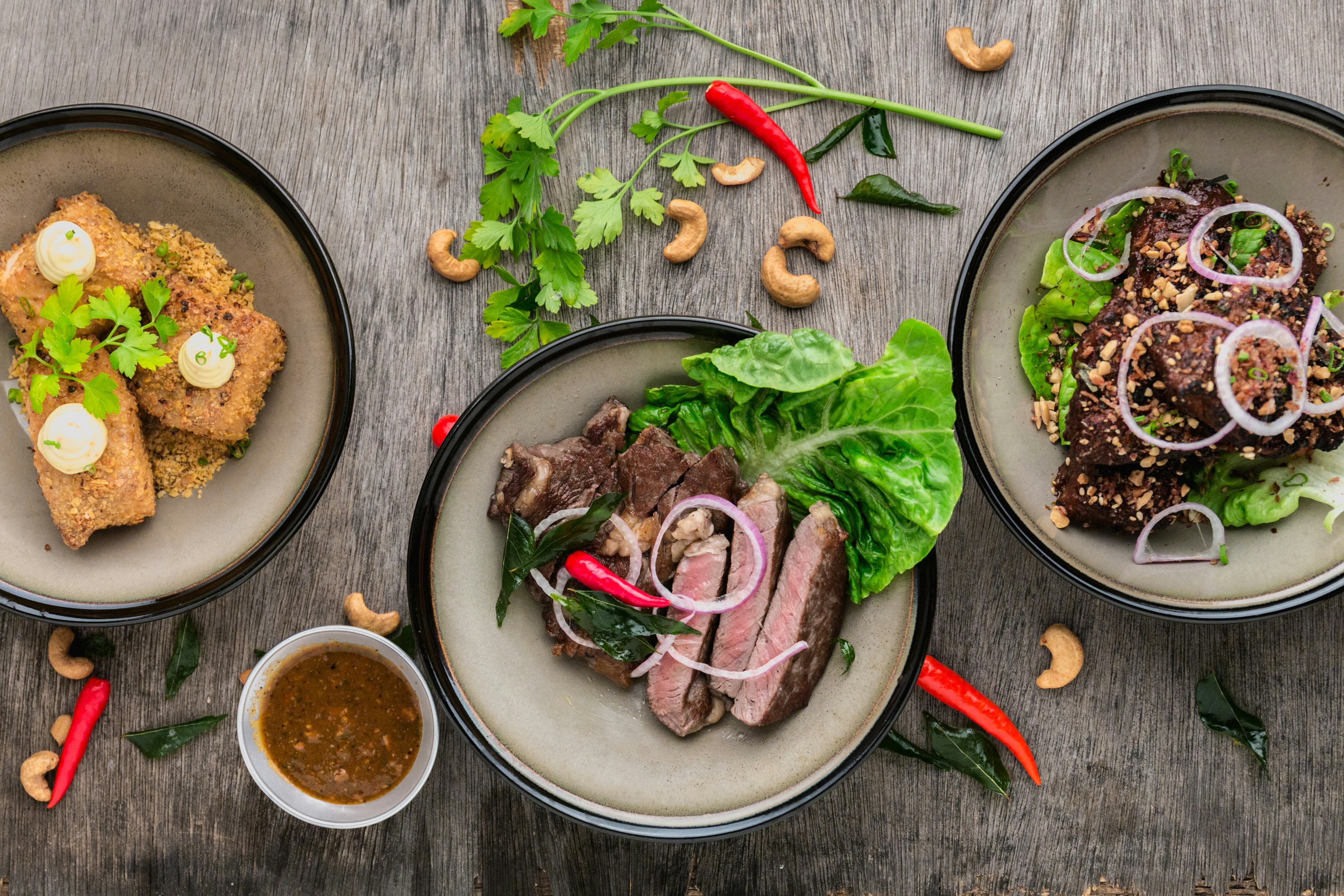Exploring the Different Types of Cooking Styles: Unveiling Culinary Diversity
In the vibrant world of cooking, there is an endless array of styles, each one bringing its own unique flavors and techniques to the table. From the fiery woks of stir-frying to the slow and steady simmering of a stew, cooking styles vary greatly, reflecting the rich tapestry of cultures and traditions across the globe. Join us on this gastronomic journey as we delve into some of the most popular cooking styles, each one a testament to the mastery and creativity of professional chefs.
Introduction: A Symphony of Culinary Techniques
Cooking is more than just a means of nourishment; it is an art form that harmonizes flavors, textures, and aromas to create unforgettable dining experiences. Professional chefs strive to master a wide range of cooking styles, enabling them to create diverse and delectable dishes. By understanding the techniques and nuances behind these cooking styles, we can unlock a world of culinary possibilities.
1. Stir-frying – Wok Hei, the Essence of Chinese Cuisine
When it comes to capturing the essence of Chinese cuisine, stir-frying reigns supreme. This cooking style, renowned for its high heat and quick cooking, creates dishes bursting with vibrant colors and flavors. The secret lies in the “Wok Hei,” a term that refers to the smoky and slightly charred taste imparted by the hot wok. With a quick flick of the wrist, ingredients dance in the wok, ensuring they retain their crispness and natural sweetness.
2. Sous Vide – Precision Cooking Elevated to Perfection
Originating from French culinary traditions, sous vide brings precision cooking to a whole new level. This method involves vacuum-sealing ingredients in airtight bags, immersing them in a precisely controlled water bath, and cooking them at low temperatures for extended periods. This gentle and even cooking ensures that the flavors and textures are beautifully preserved. Whether it’s a tender and juicy steak or a perfectly cooked egg, sous vide guarantees consistent results every time.
3. Barbecuing – A Timeless Tradition of Smoky Indulgence
Barbecuing, an age-old cooking style found in cultures throughout the world, is all about capturing the smoky essence of fire-kissed food. From slow-smoked meats to grilled vegetables, barbecuing tantalizes our taste buds with its distinct flavors and aromas. Whether you prefer the sweet and tangy taste of American barbecue or the spicy satay skewers popular in Malay cuisine, the magic of barbecuing lies in the smoky infusion that transforms ordinary ingredients into mouthwatering delights.
4. Baking – The Artistry of Heat and Precision
In the realm of pastries, bread, and desserts, the art of baking takes center stage. This delicate cooking style relies on precise measurements, proper temperature control, and the perfect balance of ingredients. From flaky croissants to decadent cakes, baking showcases the magic that unfolds when heat and creativity intertwine. Whether it’s the rich aroma wafting from a freshly baked loaf of bread or the sight of a beautifully decorated cake, baking brings joy to both the baker and the fortunate recipients of these delicacies.
5. Steaming – Embrace the Simplicity and Nutrients
Steaming takes simplicity to new heights, showcasing the natural beauty of ingredients while retaining their essential nutrients. This gentle cooking method involves suspending ingredients above simmering water, allowing them to cook in the hot steam. From fragrant dumplings in dim sum to healthy fish en papillote, steaming is celebrated in various cuisines across the world. The result is a harmonious blend of flavors and textures, where nutrition and taste coexist in perfect harmony.
Conclusion: A Tapestry of Flavors and Techniques
As we conclude our exploration of the diverse cooking styles, we are reminded of the intricate tapestry of techniques and flavors that make up the world of culinary arts. Each cooking style weaves together culture, history, and passion, offering a glimpse into the remarkable creativity and skill of professional chefs. Whether you find yourself stirring up a wok or slowly roasting in a barbecue pit, embrace the opportunity to take your taste buds on an extraordinary voyage of flavors and textures.
FAQ Section
1. What is the role of marinades in barbecuing?
Marinades play a crucial role in barbecuing by enhancing the flavor, tenderness, and juiciness of meats. They often consist of a combination of acidic ingredients (like citrus juice or vinegar), oil, herbs, spices, and aromatics. Not only do marinades infuse the meat with flavor, but they also help tenderize tougher cuts of meat, making them succulent and delicious when cooked.
2. Can I use the same cooking style for various cuisines?
While certain cooking styles are closely associated with specific cuisines, there’s no hard and fast rule that restricts a particular cooking style to only one type of cuisine. For instance, stir-frying is commonly associated with Chinese cuisine, but you can adapt this cooking style to create unique dishes inspired by other cultures by using different ingredients and seasonings. So, don’t be afraid to experiment and blend cooking styles to create culinary masterpieces.
3. Is sous vide cooking only suitable for meat and poultry?
No, sous vide cooking is an incredibly versatile technique that can be used for a wide range of ingredients beyond meat and poultry. It is particularly well-suited for delicate fish, perfectly cooked eggs, vegetables, and even desserts. With precise temperature control, sous vide opens up a world of possibilities in the kitchen, allowing you to create restaurant-quality dishes with ease.
4. Can baking be a healthy cooking style?
Although baking is …



